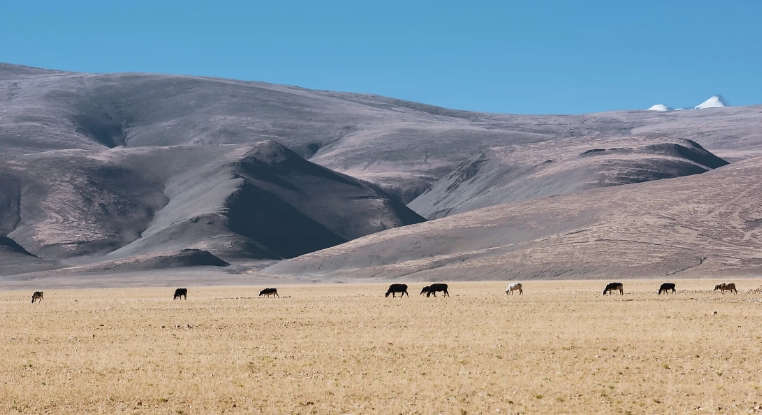Diastrophism is a powerful force that has shaped the Earth’s surface for millions of years. It refers to the deformation of the Earth’s crust due to tectonic forces, resulting in the formation of mountains, valleys, and other geological features. In this article, we will uncover the ancient forces of diastrophism and explore how it has influenced the world we see today.
The Origins of Diastrophism
Diastrophism can be traced back to the beginnings of the Earth’s formation. The movement of tectonic plates and the continuous shifting of the Earth’s crust have played a pivotal role in shaping the planet’s surface. Through processes like folding, faulting, and volcanic activity, diastrophism has created some of the most iconic landforms on Earth.
Impact on Landforms
One of the most visible effects of diastrophism is the formation of mountains. When tectonic plates collide, they create immense pressure that can push landmasses upward, forming towering peaks like the Himalayas or the Andes. Additionally, diastrophism can also create deep valleys and rifts, changing the landscape in dramatic ways.
Erosion and Weathering
While diastrophism plays a significant role in shaping the Earth’s surface, erosion and weathering also play a key role in sculpting the landforms we see today. These processes work in tandem with diastrophism to further shape mountains, valleys, and other geological features over time.
Uncovering the Past
By studying the forces of diastrophism, scientists can gain insight into the Earth’s geological history. By examining rocks, fossils, and other evidence, researchers can piece together the story of how the planet evolved over millions of years. This information is crucial for understanding the Earth’s past and predicting its future.
Looking Forward
As we continue to study diastrophism and its impact on the Earth, we can gain a greater understanding of the forces that drive our planet’s geological processes. By uncovering the ancient forces of diastrophism, we can appreciate the power of nature and the beauty of the world around us.

